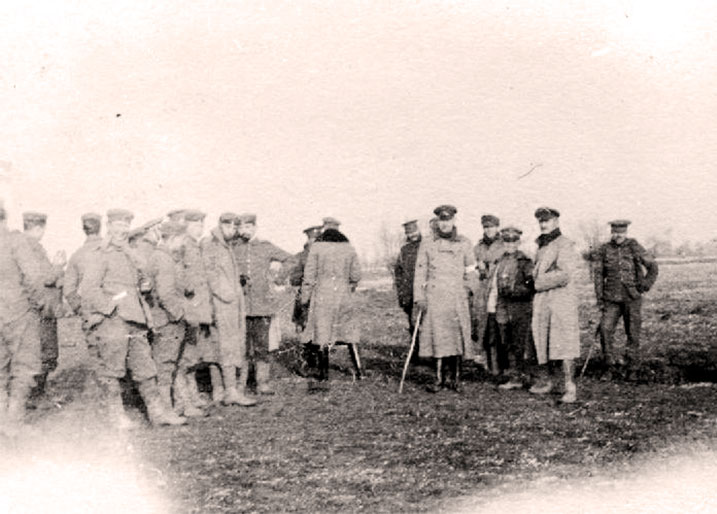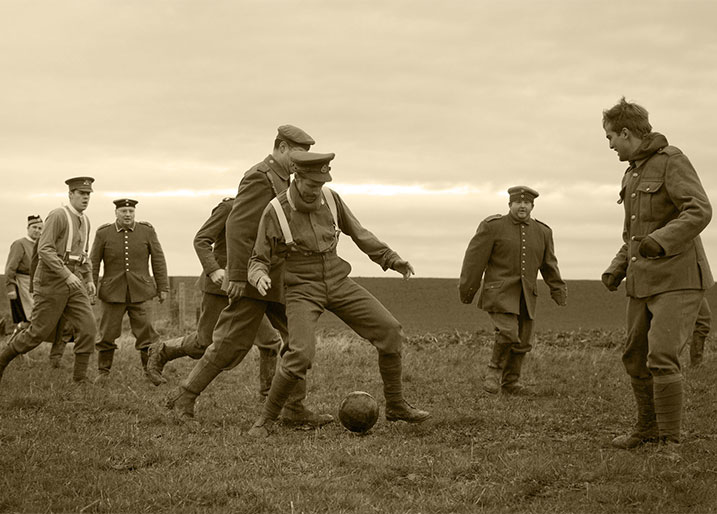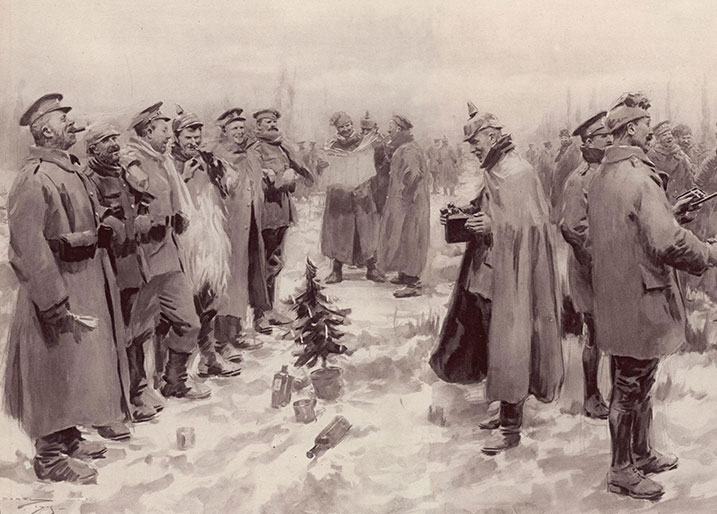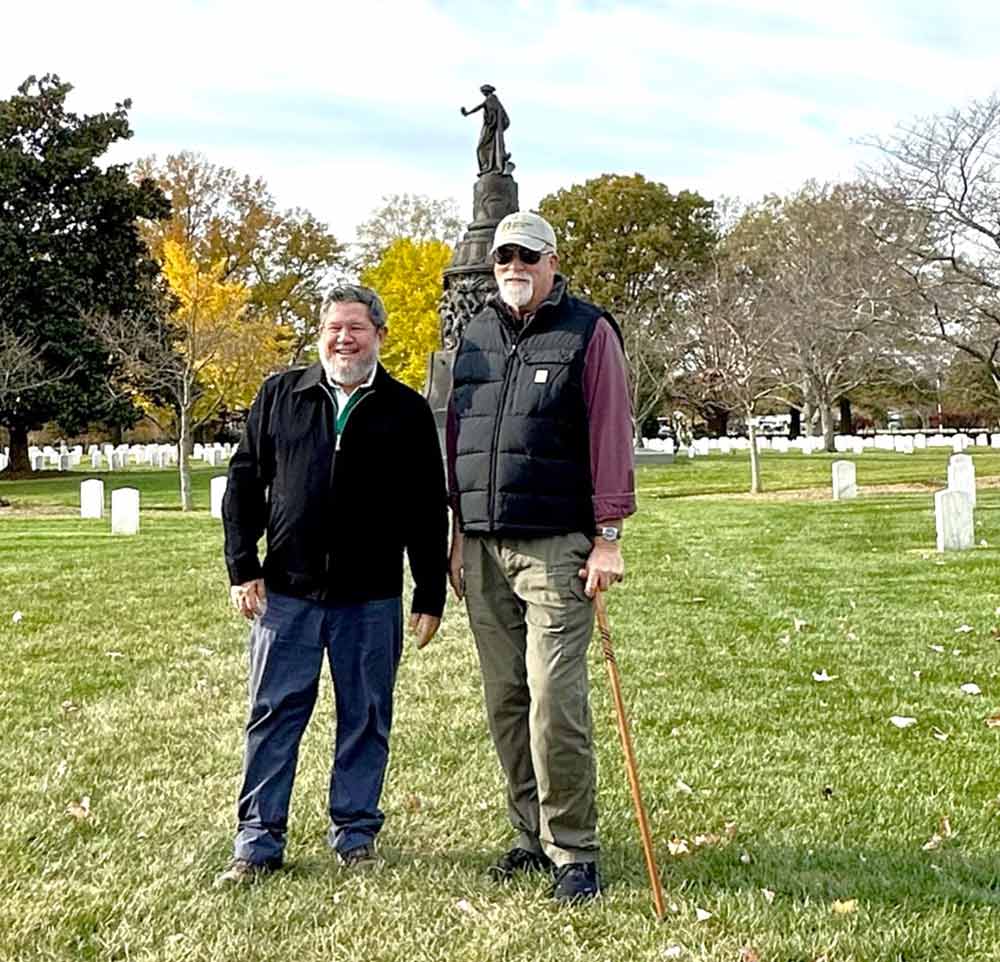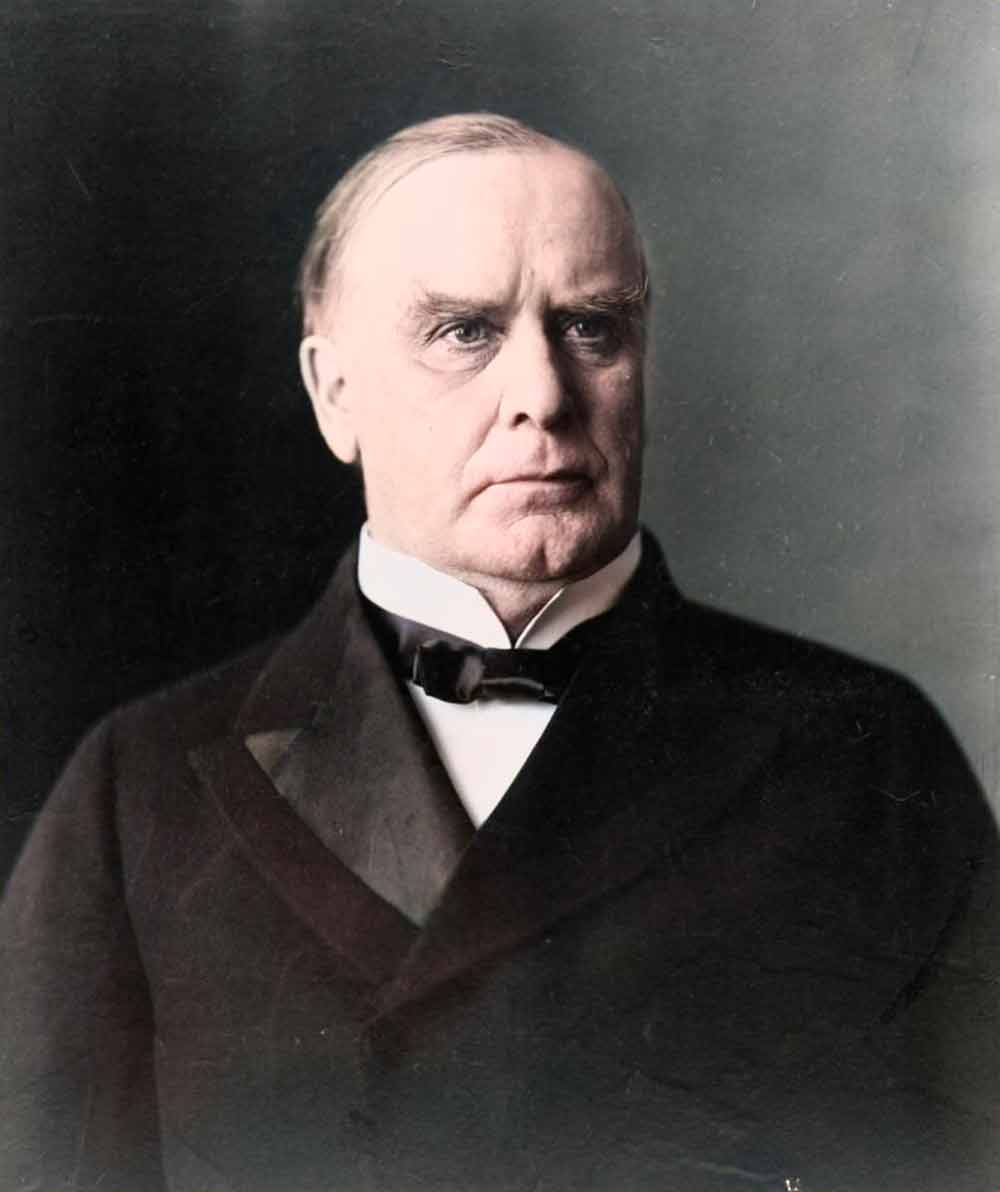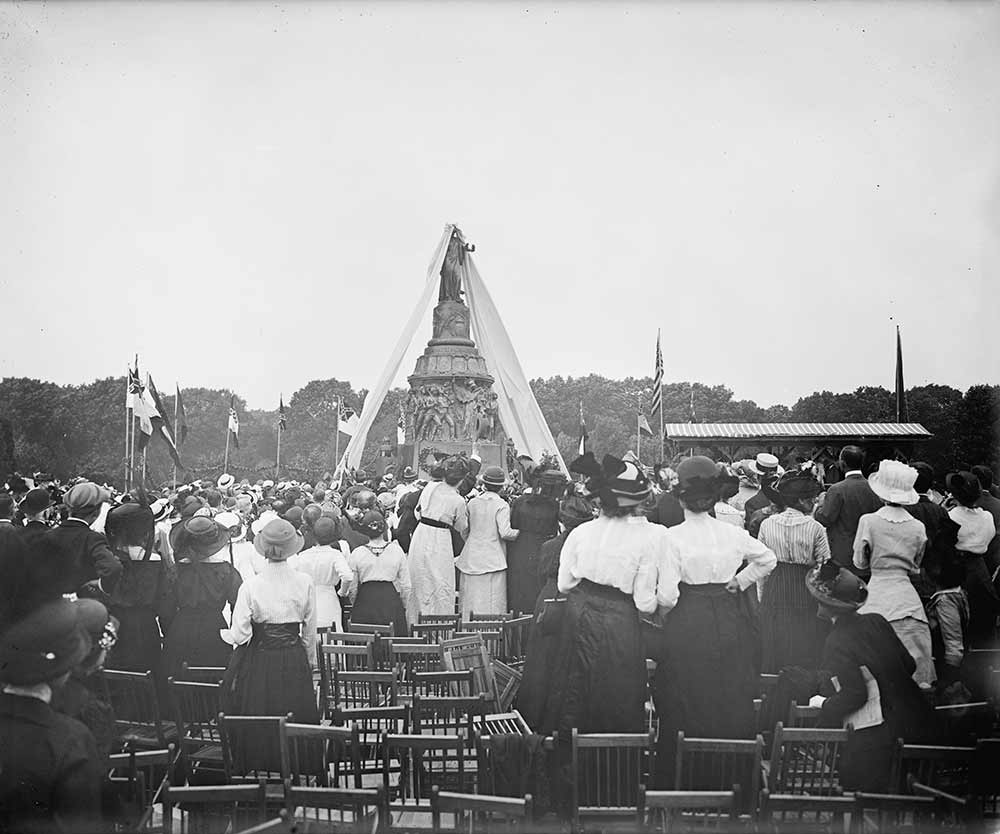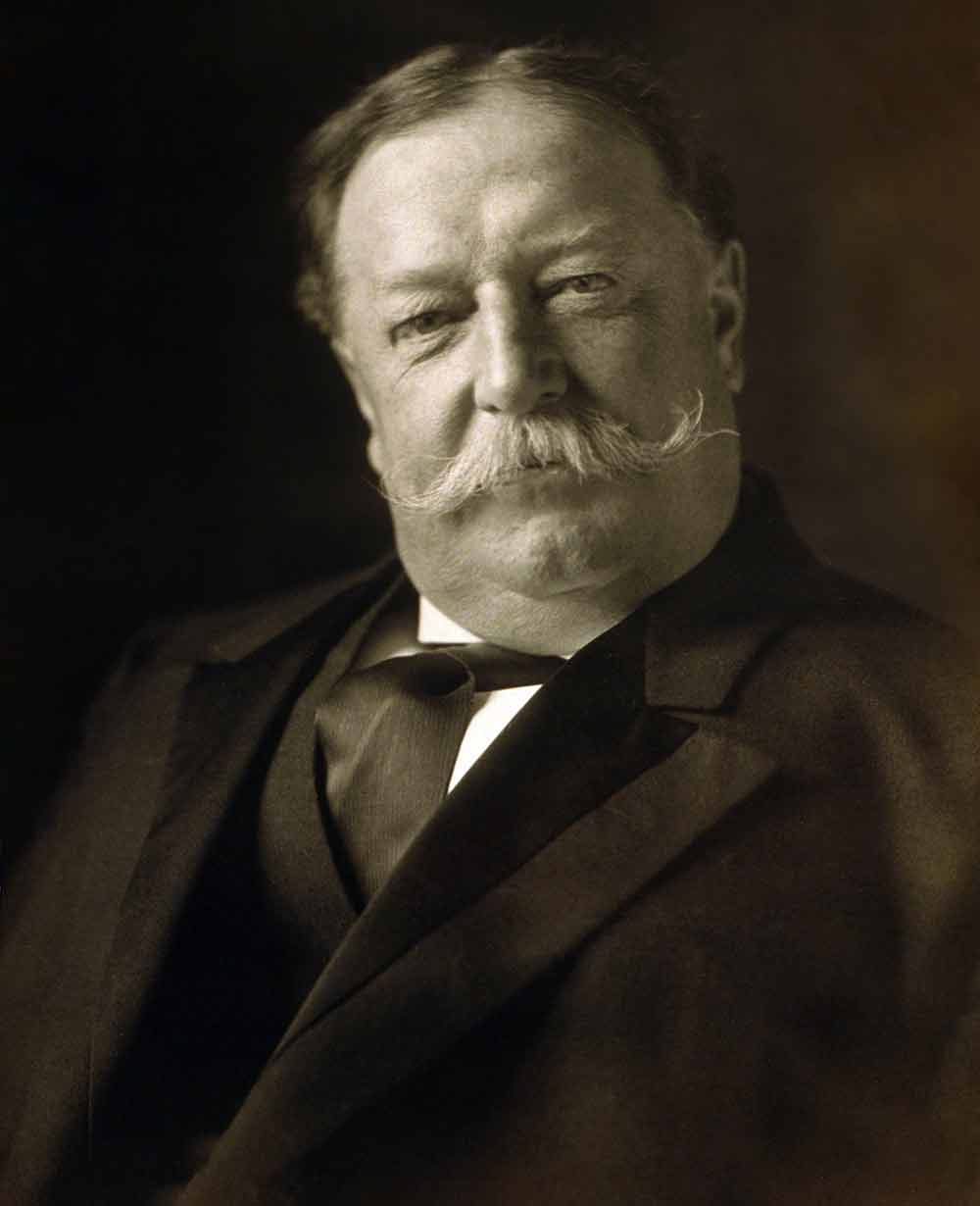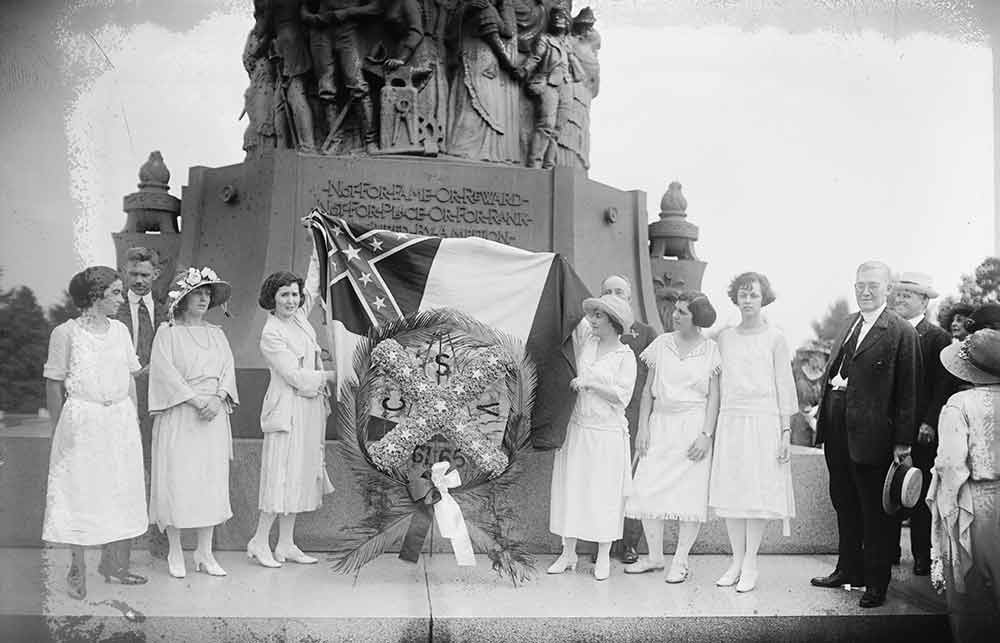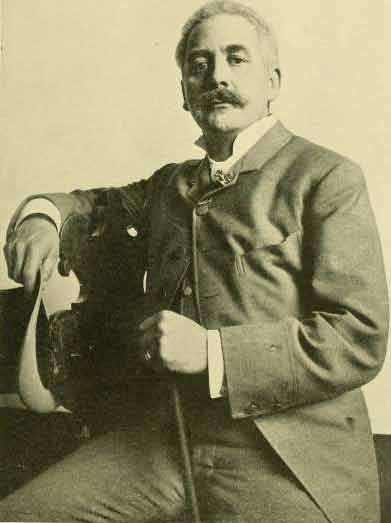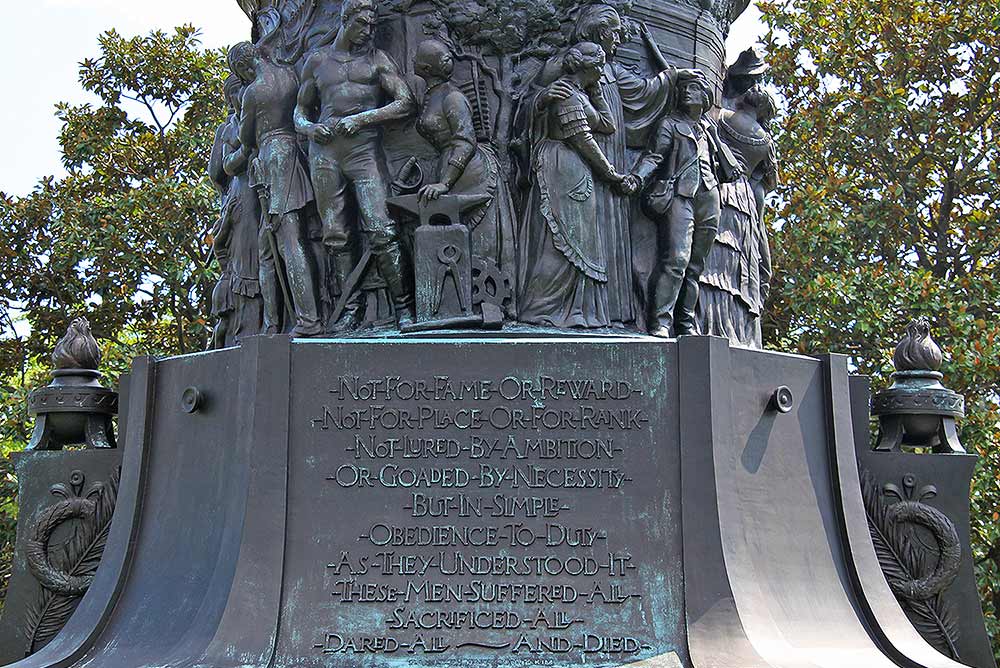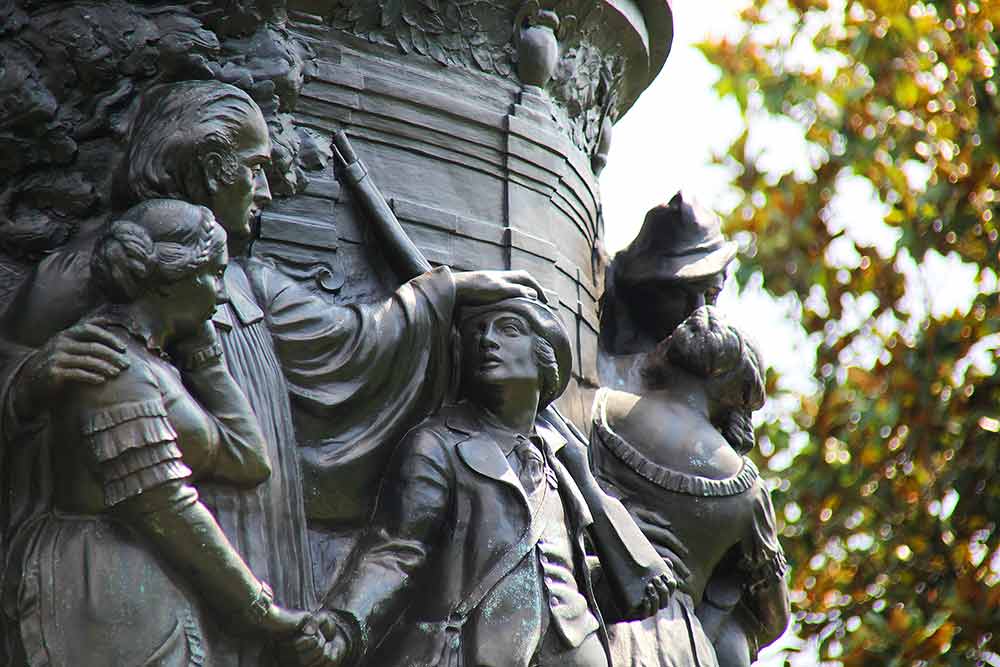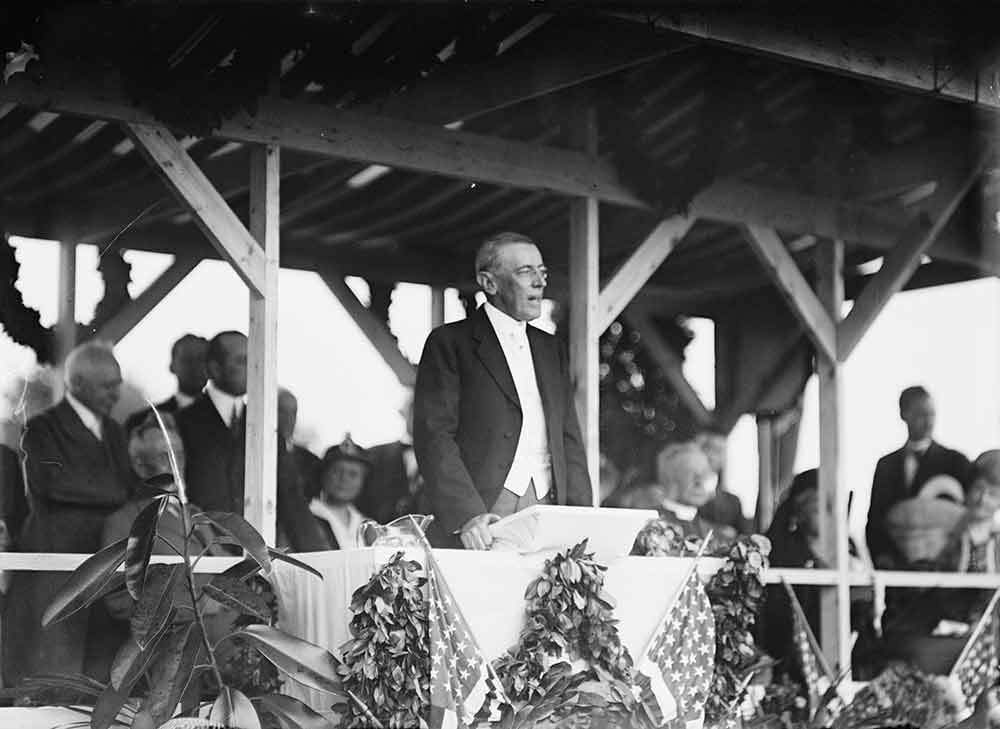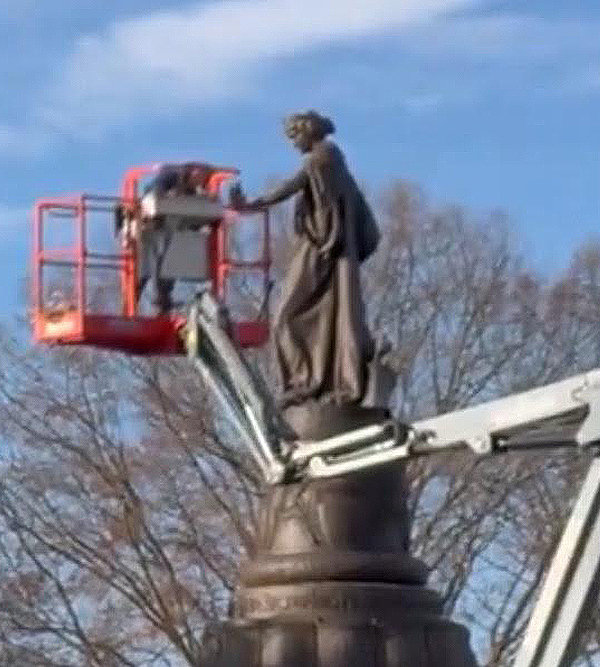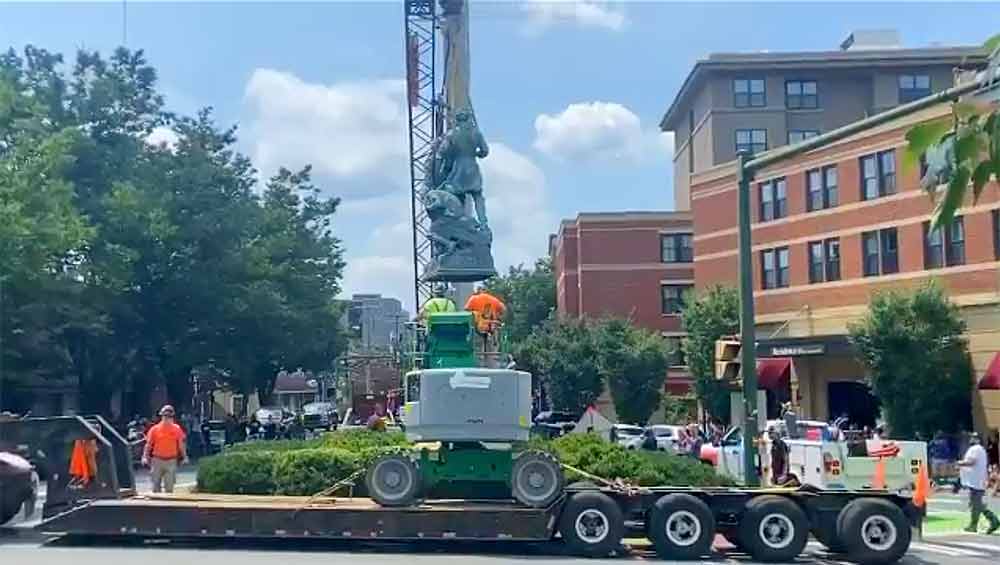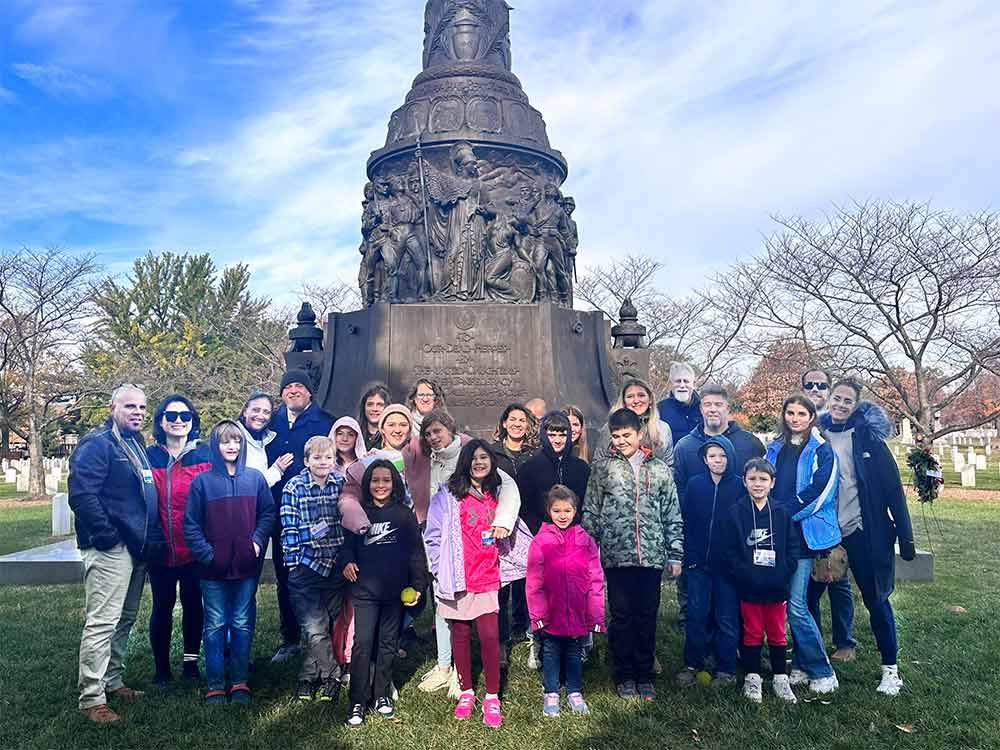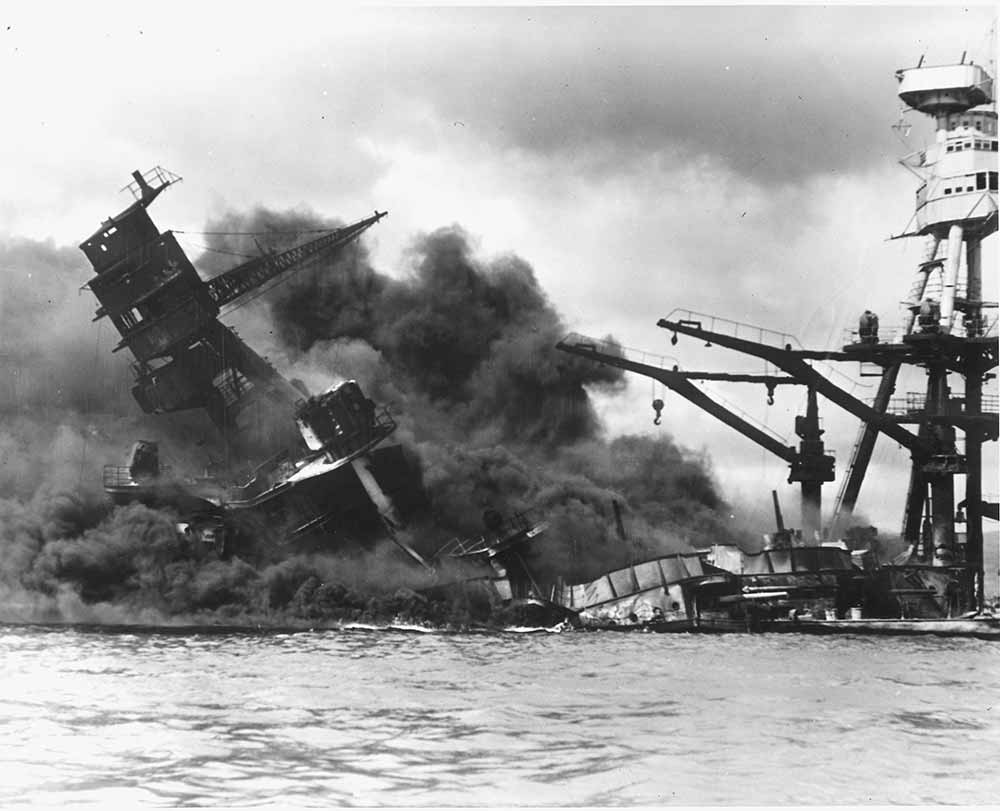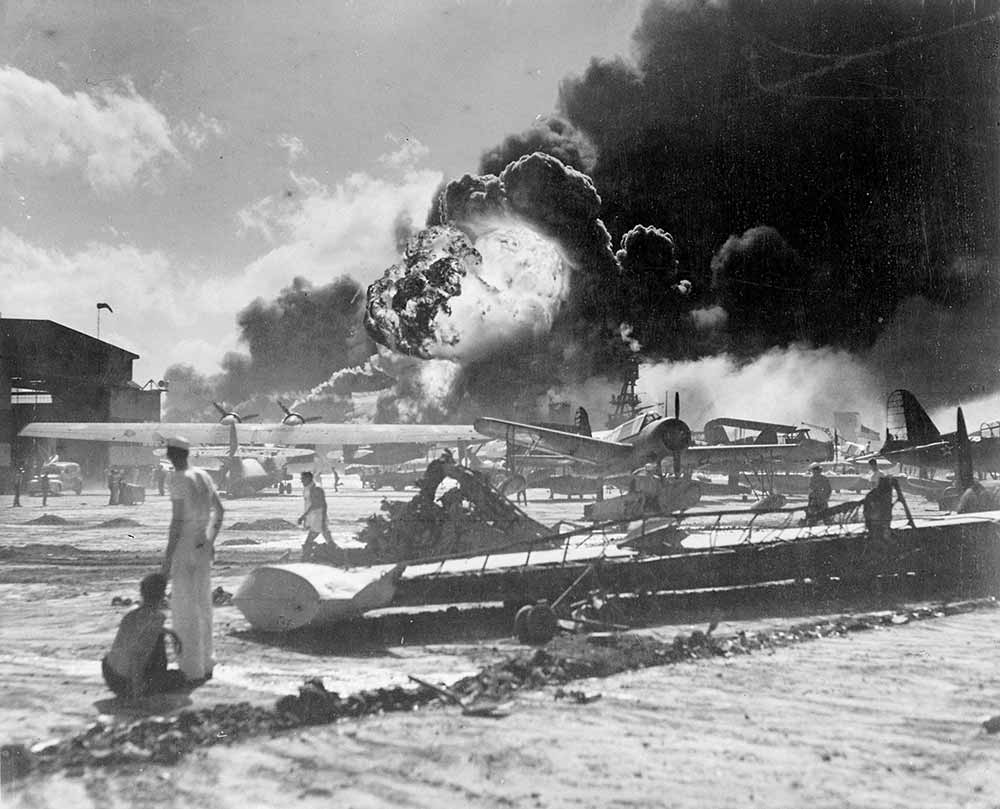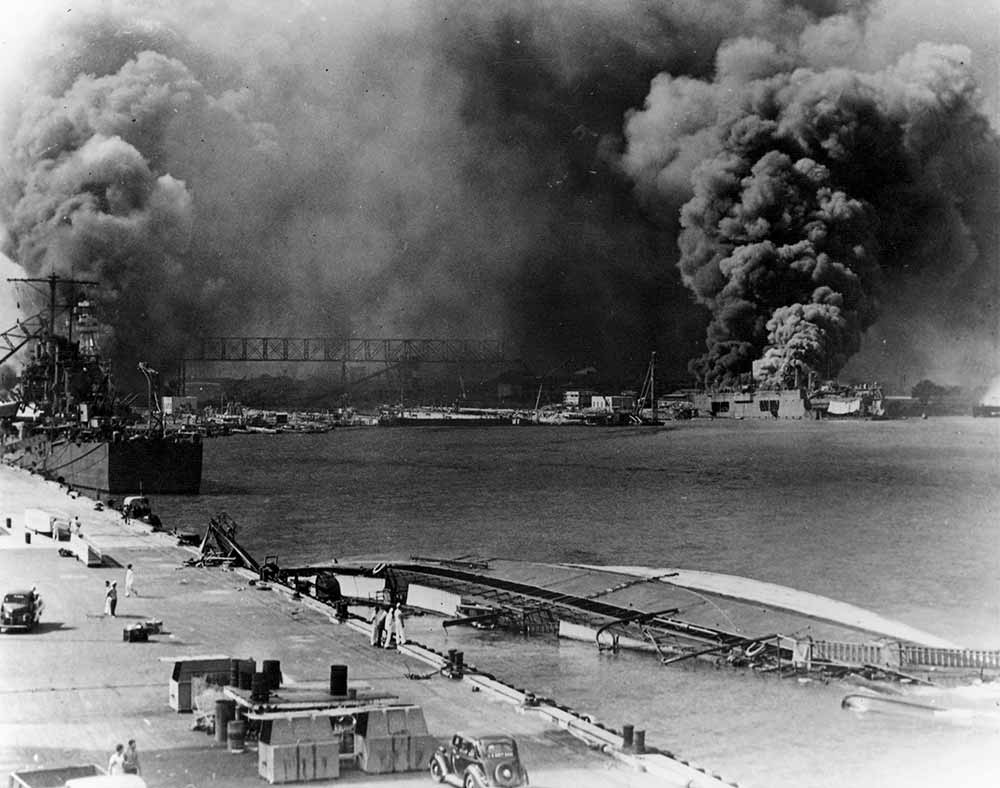Queen Wilhelmina Sentences a Traitor, 1948

Queen Wilhelmina Sentences a Traitor,
January 8, 1948
 n January 8, 1948, having been condemned to death for treason against her country, Madame Anna “Ans” van Dijk made a final appeal for clemency to her sovereign, Queen Wilhelmina of the Netherlands. A more distinct paradox could hardly be conjured than the wartime disloyalty of the supplicant and the unflinching duty displayed on the part of the Monarch in the recent conflict. However, not a single female Dutch collaborator had been executed as yet, despite many being sentenced to incarceration for up to twenty years for their complicit activity. Upon reviewing the case, Queen Wilhelmina found, just as the courts of her nation had, that Ans van Dijk was guilty of treason and responsible for the deaths of up to 700 Jews and members of the Dutch resistance—including those who had once protected her own Jewish heritage by offering up their homes and their lives to hide her identity. How did it come about that a Jewish woman of well-to-do origins became one of the Gestapo’s leading “Jew Hunters” in Holland during World War II? And by eventual justice the only Dutch woman to be held fully responsible for her crimes?
n January 8, 1948, having been condemned to death for treason against her country, Madame Anna “Ans” van Dijk made a final appeal for clemency to her sovereign, Queen Wilhelmina of the Netherlands. A more distinct paradox could hardly be conjured than the wartime disloyalty of the supplicant and the unflinching duty displayed on the part of the Monarch in the recent conflict. However, not a single female Dutch collaborator had been executed as yet, despite many being sentenced to incarceration for up to twenty years for their complicit activity. Upon reviewing the case, Queen Wilhelmina found, just as the courts of her nation had, that Ans van Dijk was guilty of treason and responsible for the deaths of up to 700 Jews and members of the Dutch resistance—including those who had once protected her own Jewish heritage by offering up their homes and their lives to hide her identity. How did it come about that a Jewish woman of well-to-do origins became one of the Gestapo’s leading “Jew Hunters” in Holland during World War II? And by eventual justice the only Dutch woman to be held fully responsible for her crimes?
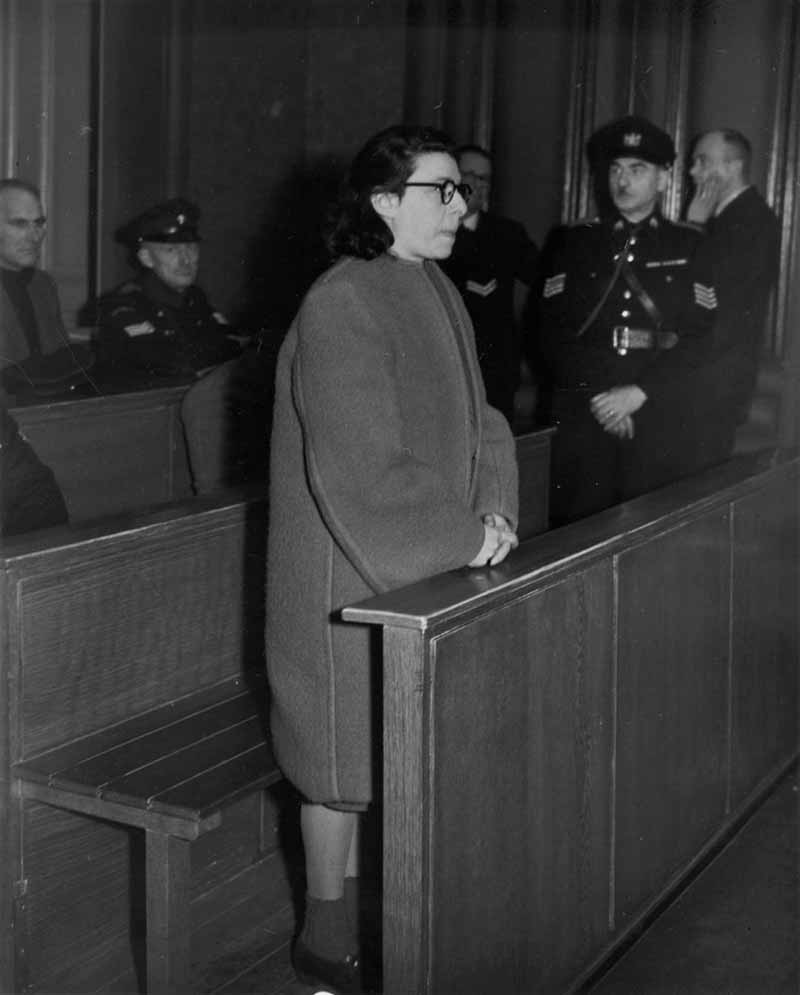
Ans van Dijk (1905-1948) standing trial in Amsterdam, February 24, 1947
For much of the 1930s, Queen Wilhelmina—who had steered her country through many events including the Boer War and Holland’s tenuous neutrality during World War I—had desperately tried to rouse her ministers to brace for a brewing storm of Nazism in their neighbor Germany and amongst their own populace.
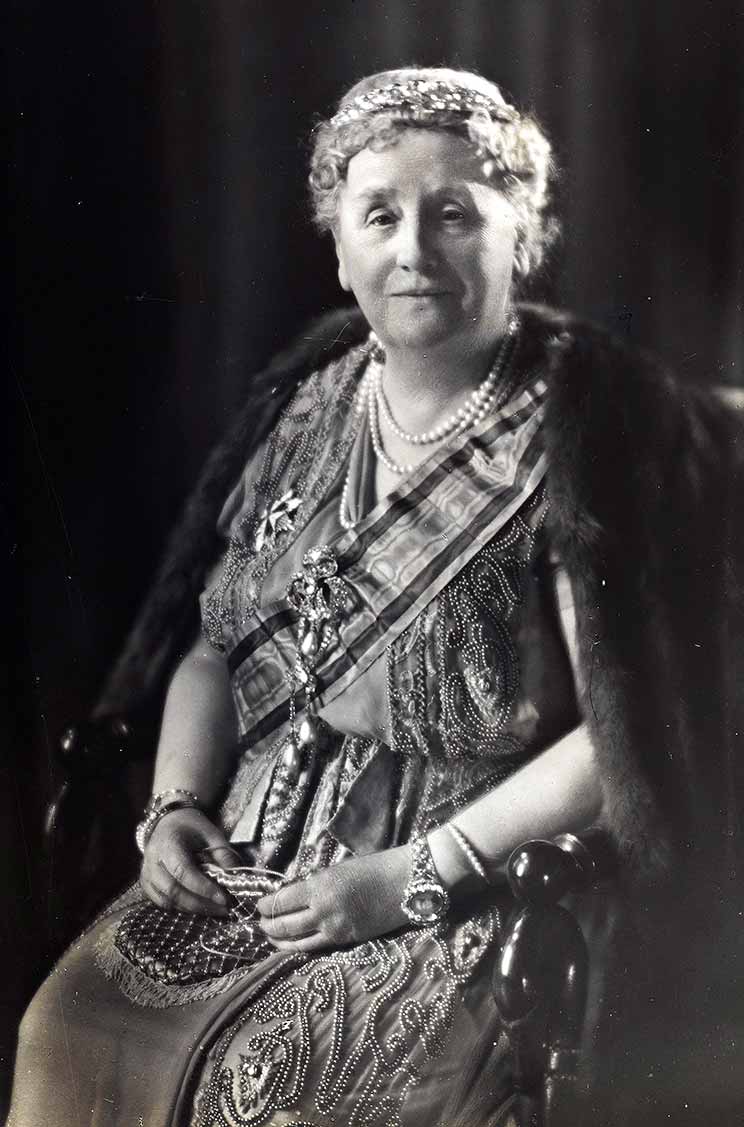
Queen Wilhelmina of the Netherlands (1880-1962)
A proud descendent of Protestant heroes such as William the Silent and William of Orange, Queen Wilhelmina was an ardent student of history, ambitious to be foremost in the line of duty and disparaging of all false optimism in regards to Adolf Hitler’s plans for empire. Unfortunately, she was almost alone in this foresight. She wrote: “by the spring of 1938 when Hitler invaded Austria, it was plain to me that German policy would result in a European catastrophe,” but to her despair, the Dutch people and their ministers were “quietly asleep on a pillow called neutrality… Shortly before the war it was necessary for me to point out that our soon-to-be enemy had written a book (Mein Kampf), and that it might be of some use to examine its contents.”
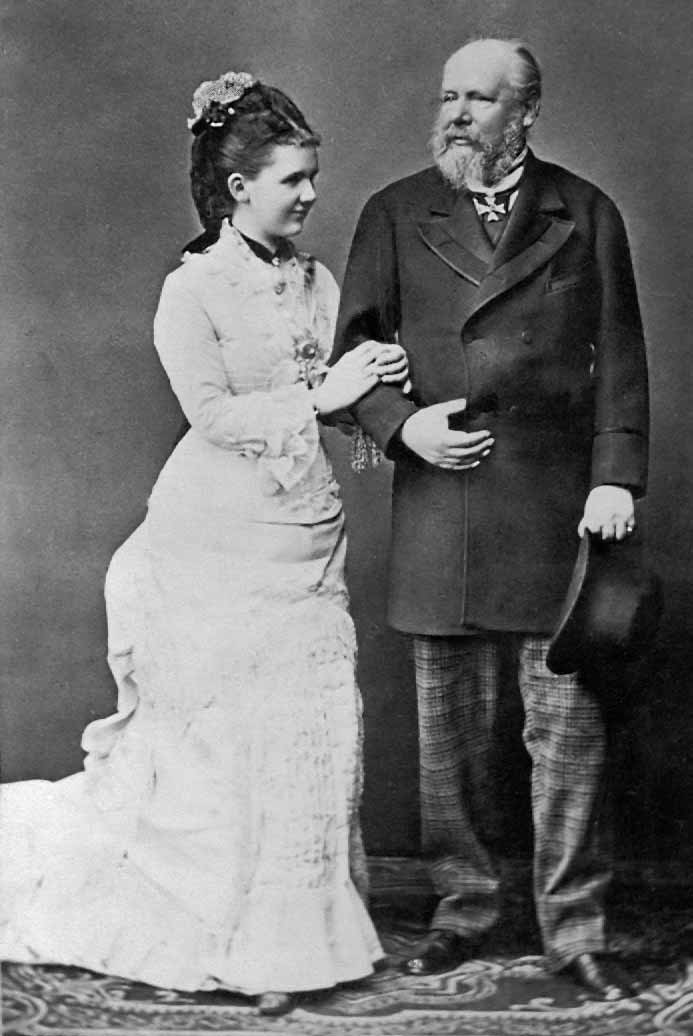
King Williem III (1817-1890) and Queen Emma (1858-1934) of the Netherlands—Queen Wilhelmina was their only child
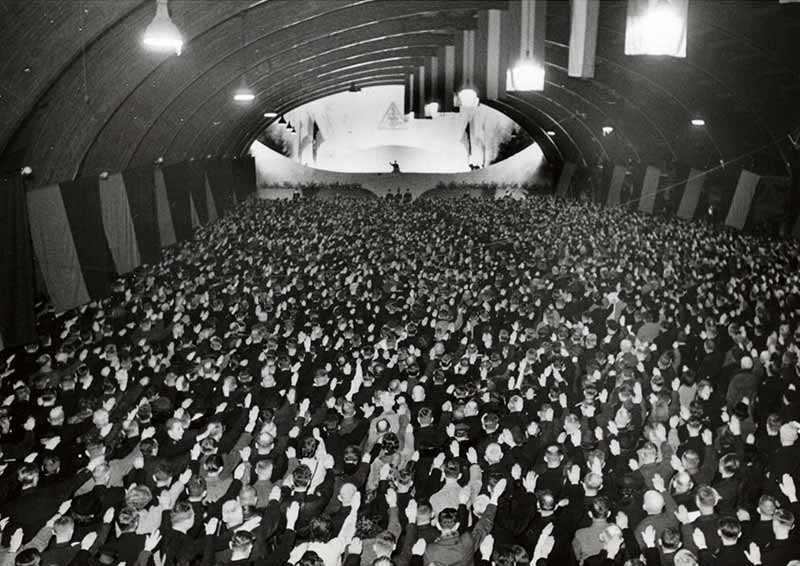
10th anniversary meeting of the NSB (Dutch national socialist party), 1941
By 1939 Hitler had invaded Poland and caused complete devastation there. Terror fell from the skies on Norway next, in the form of the Luftwaffe’s legendary blitzkrieg. Holland had little time, resources or tactics to deploy before she was under attack along with Belgium and France. Their invaders dropped by the thousands, parachuting into fields carpeted with tulips, overtaking the peaceful streets of Holland. Other than a brief uprising in 1830, the Dutch had been at peace for 125 years. Upon finding themselves suddenly occupied by a ruthless and seasoned enemy, their defenses broke speedily. The German forces quickly seized all vital motorways, government buildings and, after a brief struggle, practically obliterated the Dutch Air Force. Nearly unhindered, they now advanced towards The Hague to carry out their Führer’s explicit order to take Queen Wilhelmina and her family alive. Previous broadcasts made by the Führer to the Dutch royals—appealing shared Aryan blood and other imagined commonalities—had all been derisively ignored. Determined not to be caught alive, Queen Wilhelmina first called the King of England to personally beg for reinforcements. When informed that he had already sent Belgium all he could spare, she readied her family and fled for England.

SS recruiting poster urging Dutch people to join the fight against Bolshevism
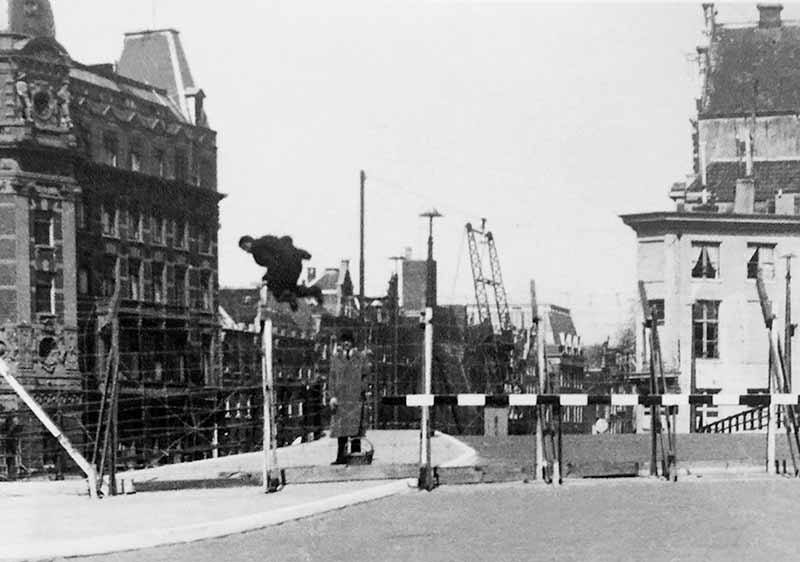
A man climbs over a barbed-wire barrier which separates the significant Jewish district of Amsterdam from the rest of the city
Well aware that her abandonment of the country would be devastating for the morale of her people, Queen Wilhelmina arrived in London determined to return a conqueror. She set up headquarters in the bomb-pitted shells of Piccadilly Square, and from there refused to budge, hosting noteworthy exiles such as Charles De Gaulle and the president of Poland, conspiring with them to create an effective league providing supplies and leadership to the resistance cells already forming back home. Such staunch resistors were indeed forming en masse, and while the disorganized initial attempts often led to cruel discovery, eventually a substantial network sprang up in Holland, the tales of which are now notorious and include such heroes as Corrie Ten Boom.
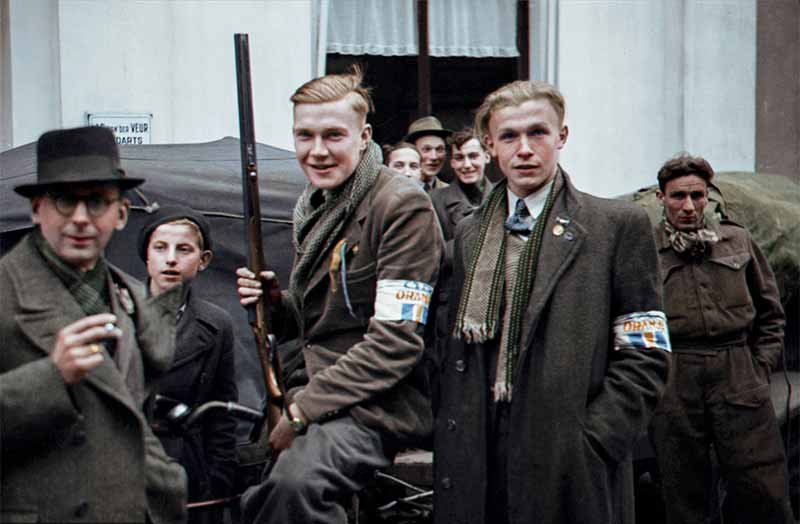
Dutch resistance fighters in Winterswijk, Netherlands, 1941
Using the same “slow boil” method that had crushed Poland, German laws were soon placed on Holland’s economy, religion and most significantly their Jewish population. All detractors were singled out and forced under greater and greater oppression until they were eventually sought out and executed. Ans van Dijk was one of these Dutch Jews discriminated against by the new laws. The milliner shop she ran in Amsterdam along with her female partner was forcibly closed, and as restrictions soon escalated, she found herself depending on resistance members for hiding places to escape discovery and subsequent deportation to the murder camps.
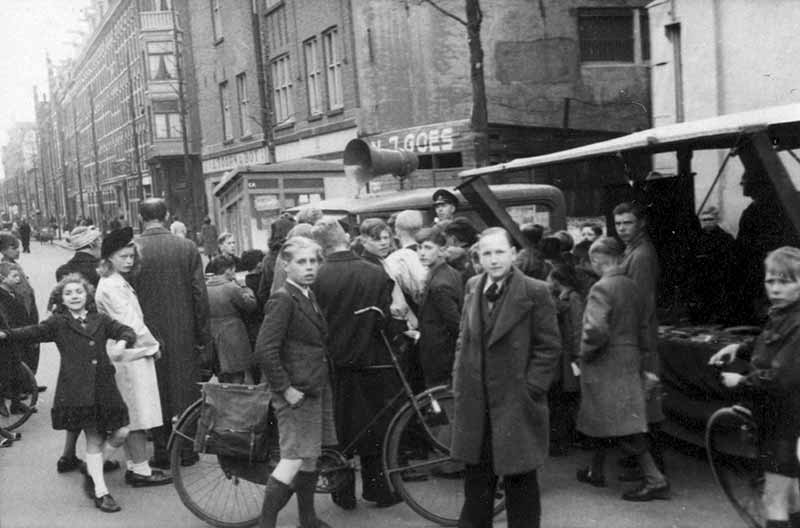
Massive canvassing with the National Socialist (NSB) weekly magazine Volk en Vaderland in Amsterdam by officials, with the slogan: “Our nationalism your salvation, our socialism your future”—the NSB carried out the campaign “The Battle for Amsterdam” for three months, from March to June of 1944
Despite this, Ans van Dijk was caught and arrested in 1943 by Nazi intelligence detective Peter Schaap, of the Office of Jewish Affairs of the Amsterdam police. As per her testimony after the war, she was released after promising to collaborate with the Nazis by infiltrating the same resistance groups that had protected her. Returning to these patriot groups she pretended interest in taking a more active role in the resistance, and so began providing safe houses herself for Jewish refugees, who she would then inevitably betray to her overlords. One hundred and forty-three Jews were sent to their deaths in this manner, including her own brother and his family. She herself was paid handsomely for each innocent man, woman and child she betrayed. It is speculated that amongst her victims were Anne Frank and her relations. Soon, as the war grew more dire, any resistance member who suspected or troubled her was summarily dealt with.
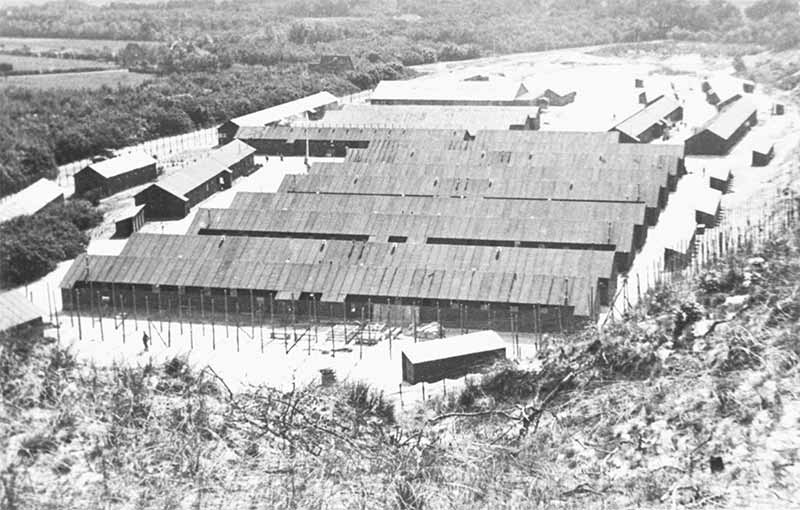
Kamp Schoorl in the Netherlands, photographed sometime between 1940-45
Eventually Holland was retaken, liberated by her Allies. A wave of fury swept the country then as the hunted now became the hunters, ferreting out any who had aided the late savage and vile regime. And worse yet, any who had fed it by craven acts of self protection such as Ans van Dijk.
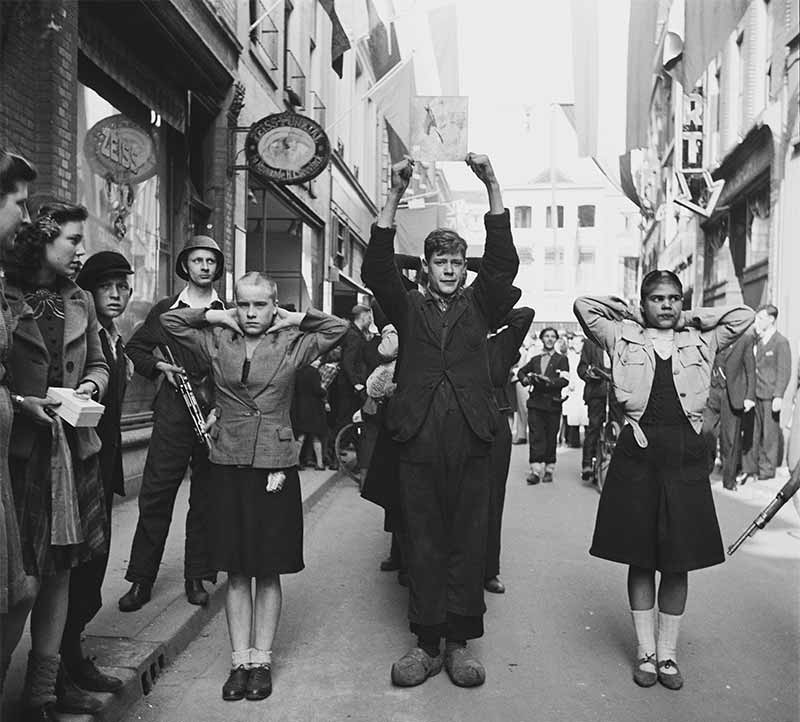
Members of the NSB (Dutch national socialist party), also called “collaborators”, are rounded up and humiliated (some by having their heads shaved) in 1945 Netherlands
Found living in the Hague on her earned blood money, she was arrested and imprisoned until her trial in 1947 where even her erstwhile Nazi commanders spoke highly of her eagerness to cooperate, defeating her pleas of working under duress. In a court of Dutchmen who had recently lost so many and sacrificed so much under duress themselves, the motive of self preservation was rightfully interpreted as the vice it was: cowardice. She was condemned as a traitor. Ans van Dijk’s last hope was to appeal to Queen Wilhelmina for clemency, but if the traitor thought a comparison could be made or a sympathetic ear reached there, she was gravely disappointed.
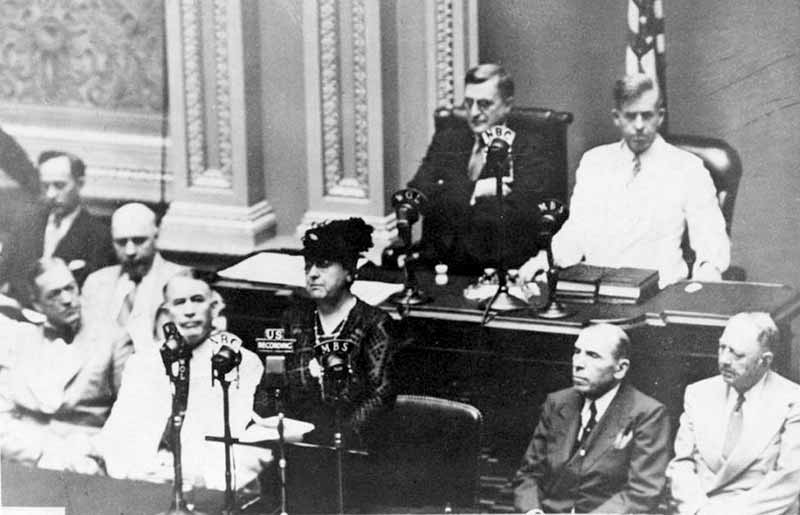
Queen Wilhelmina addresses the American Congress in Washington DC, on August 6, 1942
From the day Queen Wilhelmina had fled to England, she took to the BBC to broadcast fiery, achingly human, and most of all, rousing encouragement to her occupied subjects. As Winston Churchill once quipped of her “I fear no man except Queen Wilhelmina.” The mood of her country that had once held animosity for her abandonment soon considered her the exiled light of hope keeping them spurred on and connected to a free and committed outside world. She returned to Holland with a tiny retinue comprising only her daughter and three others before her nation had even been completely liberated. Such devotion and ferocity displayed by their once regal queen of the old order earned her the same respect, loyalty and status amongst her countrymen that had been given her glorious ancestors.
In one of her last acts as Queen, she sentenced Ans van Dijk to death by firing squad—a martial, just and brutal message against those who would embrace pragmatism over love of honor, duty and sacrifice.
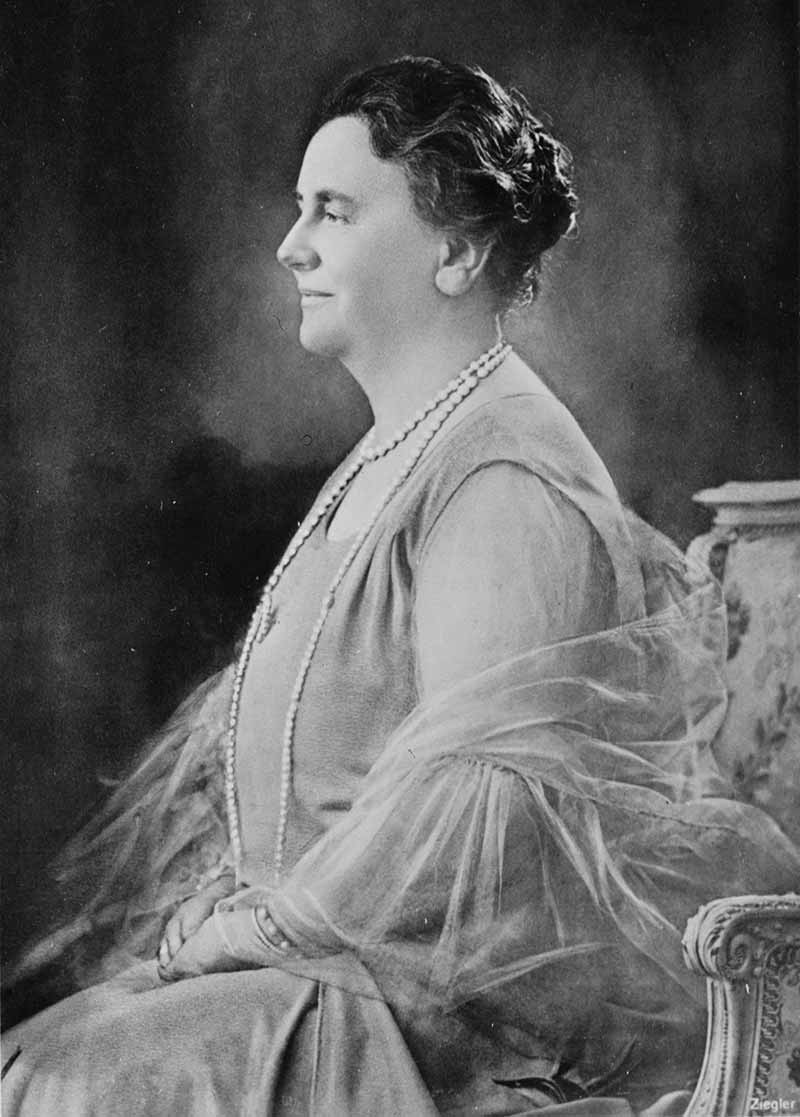
Queen Wilhelmina in 1942
Image Credits: 1 Ans van Dijk stands trial (wikipedia.org) 2 Queen Wilhelmina (wikipedia.org) 3 King William III and Queen Emma (wikipedia.org) 4 NSB Meeting, 1941 (wikipedia.org) 5 Recruiting Poster (wikipedia.org) 6 Amsterdam Barrier (wikipedia.org) 7 Dutch Resistance Fighters (wikipedia.org) 8 Amsterdam in 1944 (wikipedia.org) 9 Kamp Schoorl (wikipedia.org) 10 Collaborators (wikipedia.org) 11 Queen Wilhelmina addresses the US Congress (wikipedia.org) 12 Queen Wilhelmina in 1942 (wikipedia.org)


 ith this inauspicious summary of the state of things, so began the diary of Samuel Pepys who would, in an astounding twist of providence, prove our greatest contemporary source regarding such impactful events as the Great Fire and Plague of London, the restored court of the Stuart Dynasty, The Anglo-Dutch war and the social aspect of post-Reformation England. For six years Mr. Pepys would chronicle in coded shorthand the various machinations of the English court that he was privy to as a chief Naval Officer. He candidly commentated upon theater and culture, on social catastrophes, on military might and personal infidelities.
ith this inauspicious summary of the state of things, so began the diary of Samuel Pepys who would, in an astounding twist of providence, prove our greatest contemporary source regarding such impactful events as the Great Fire and Plague of London, the restored court of the Stuart Dynasty, The Anglo-Dutch war and the social aspect of post-Reformation England. For six years Mr. Pepys would chronicle in coded shorthand the various machinations of the English court that he was privy to as a chief Naval Officer. He candidly commentated upon theater and culture, on social catastrophes, on military might and personal infidelities.

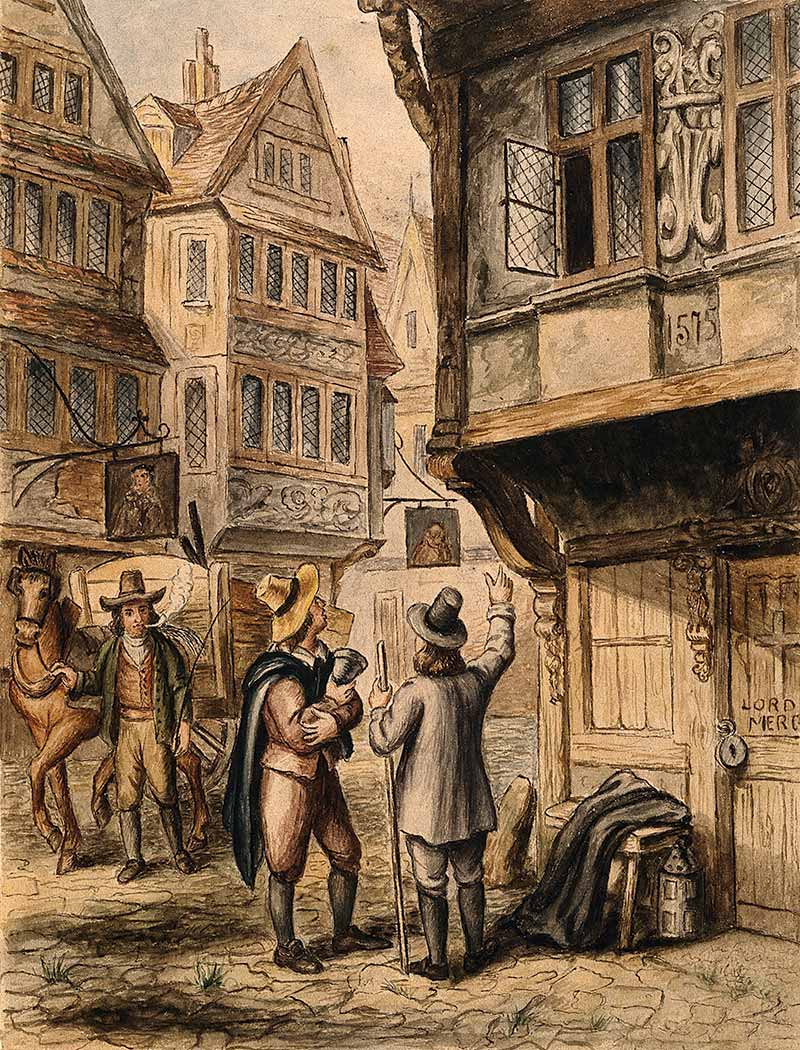

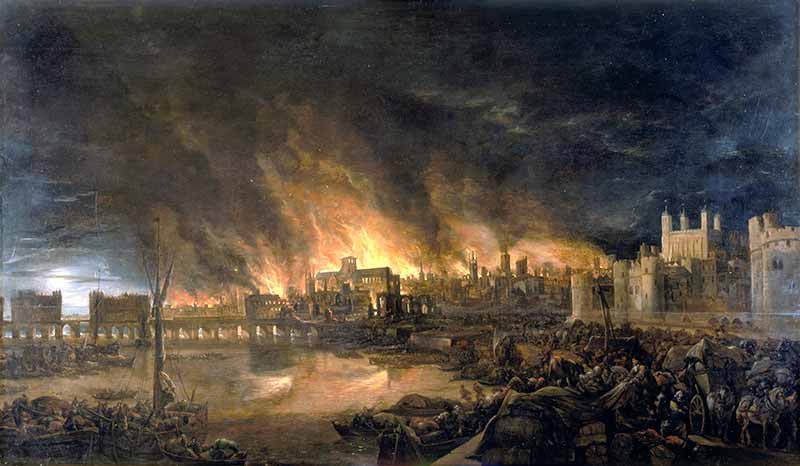
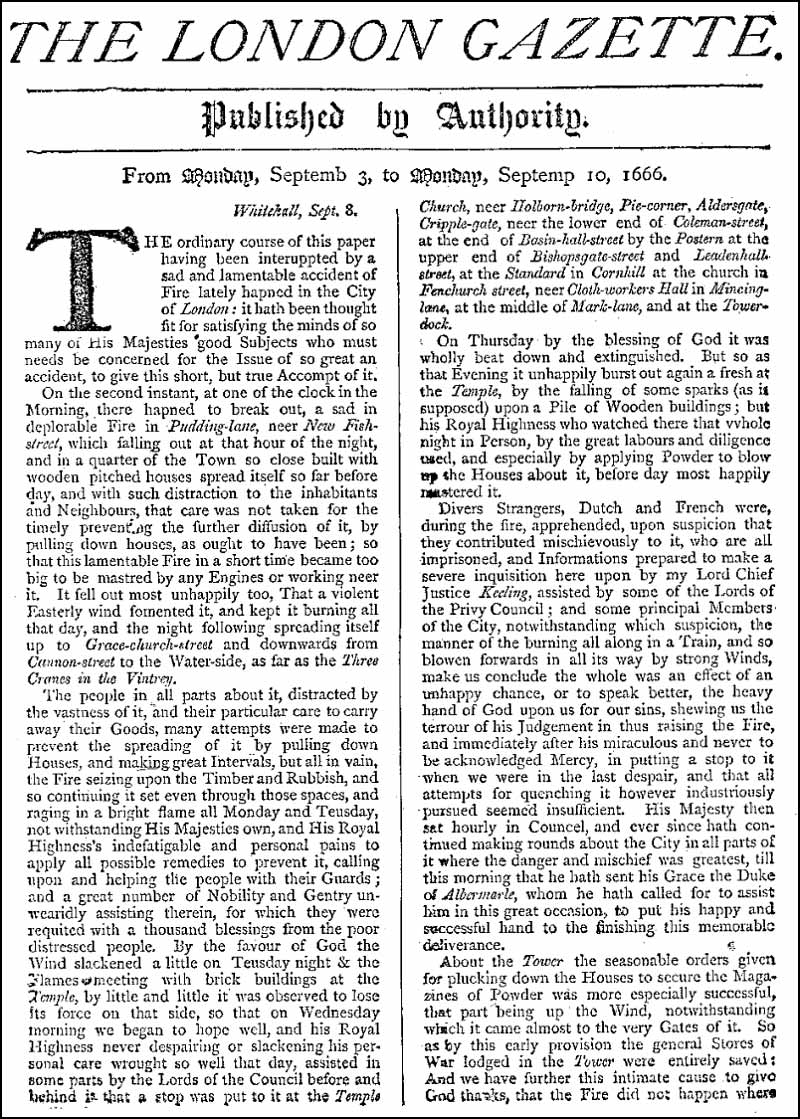
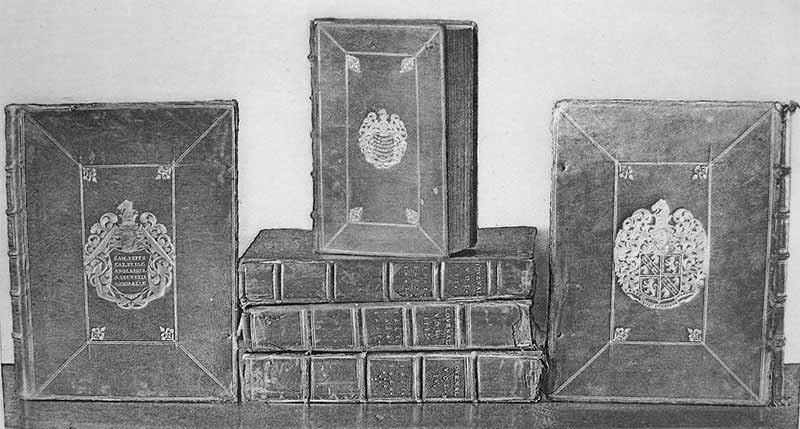
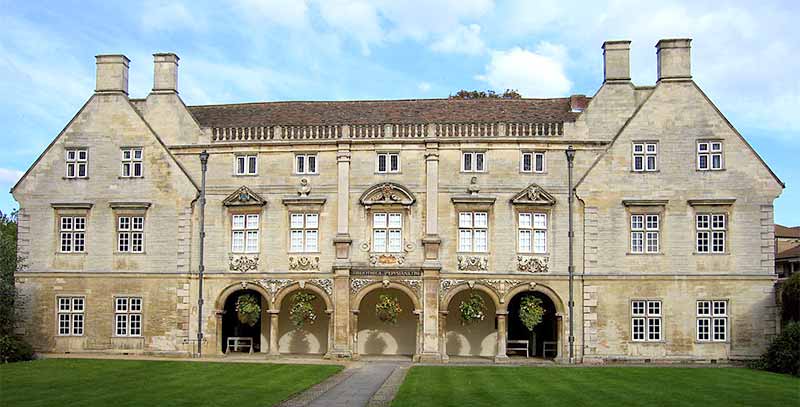

 ntering 2024, we will soon mark the 110th anniversary of the commencement of the First World War—“the war to end all wars”. In 1914 the nations of Europe collectively produced the greatest human catastrophe in the history of Western Civilization, the causes of which are still debated to this day. In four years of war, about eleven million men died on the battlefield and twenty million were wounded, many of whom later died of wounds. More than seven million civilians died in the war. Improved machine gun and artillery technology created battlefields in which killing proceeded on an industrial scale. The bereavement and sorrow that accompanied this unnecessary tragedy still resonates today, especially in Great Britain, Australia, and Canada.
ntering 2024, we will soon mark the 110th anniversary of the commencement of the First World War—“the war to end all wars”. In 1914 the nations of Europe collectively produced the greatest human catastrophe in the history of Western Civilization, the causes of which are still debated to this day. In four years of war, about eleven million men died on the battlefield and twenty million were wounded, many of whom later died of wounds. More than seven million civilians died in the war. Improved machine gun and artillery technology created battlefields in which killing proceeded on an industrial scale. The bereavement and sorrow that accompanied this unnecessary tragedy still resonates today, especially in Great Britain, Australia, and Canada.